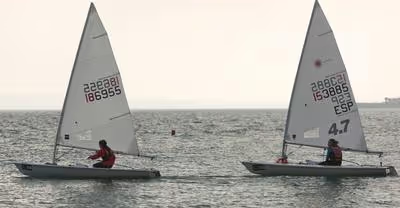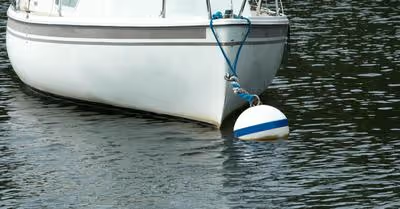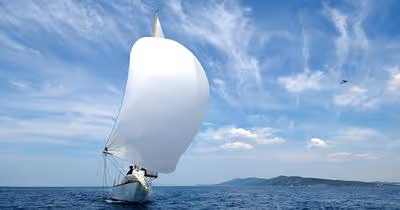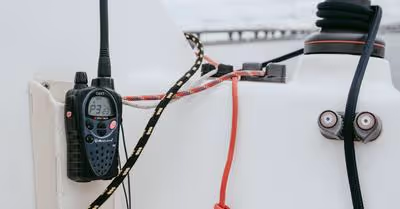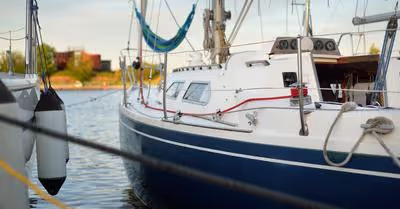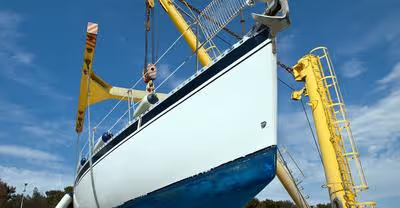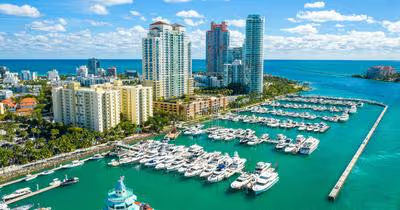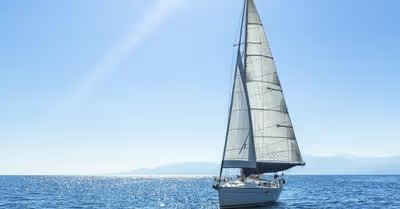Table of Contents
How Long Does It Take to Learn to Sail?
Sailing is a fun and enjoyable activity that people of all ages can enjoy. But how long does it take to learn to sail? The answer to this question depends on a number of factors, including your prior experience with similar activities, the type of sailing you want to do, and the amount of time you're willing to commit to learning.
Generally speaking, it takes most people between two and four weeks to become competent sailors. If you have some experience with other types of boats, you may be able to learn a little bit faster. But if you are starting from scratch, it is still possible to learn the basics in just a few days. The key is to find a good sailing school and take some lessons.
It may take longer to become proficient if you are learning to sail in an area with strong winds or large waves. In addition, the more time you spend practicing, the faster you will progress. With that being said, there are some things that cannot be learned by simply reading a book or watching a video; for example, proper boat handling can only be mastered through experience.
If your goal is to become a master sailor or a Yachtmaster, it can take years of practice and experience. These qualifications are only awarded to sailors who have demonstrated a high level of skill and knowledge. However, if your goal is simply to enjoy sailing as a recreational activity, you can achieve this in a matter of weeks.
The best way to learn how to sail is to take some lessons from a qualified instructor. This will give you the opportunity to ask questions and get feedback on your progress. In addition, taking a few sails with an experienced sailor will help you learn more quickly.
Ultimately, the amount of time it takes to learn to sail will vary depending on your level of dedication and natural ability. However, as long as you are patient and willing to put in the hard work, you should be cruising around the open water in no time.
How Much Does It Cost to Learn to Sail?
The cost of learning to sail varies depending on the type of sailing you want to do and where you live. If you are only interested in sailing for recreation, learning the basics without spending any money is possible. For example, many public libraries offer free or low-cost classes on a variety of topics, including sailing.
If you want to take things a step further and obtain some sort of certification, such as the American Sailing Association's Basic Keelboat Certification, the cost will be slightly higher. The ASA offers a variety of courses ranging from $200-$500.
Of course, the most expensive way to learn to sail is to purchase your own boat. This option isn't necessary unless you plan on sailing frequently or competing in races. If you do decide to buy a boat, it is important to factor in the cost of maintenance and storage.
Important Factors to Consider When Learning to Sail
When you are first learning to sail, there are a few important factors to keep in mind.
Physical Fitness
Learning to sail can be a challenging but rewarding experience. One of the most important factors to consider when embarking on this journey is your physical fitness. Sailing requires a good level of upper body strength, as well as stamina and core stability.
If you are not physically fit, you may find yourself struggling to maneuver the sails or control the boat in strong winds. You may also be more susceptible to injuries if you are not physically fit. However, this does not mean that you need to be an athlete to learn to sail.
There are many ways to improve your fitness levels, such as regular exercise, yoga or Pilates. If you are dedicated to learning to sail, you will soon find yourself in great shape and ready to take on the open waters.
Experience
Another important factor to consider when learning to sail is your level of experience. If you have never sailed before, it is important to start with the basics and gradually work your way up. There are many resources available to help you learn the ropes, such as books, videos, and online courses.
If you have some sailing experience, you may already have a good understanding of the basics. In this case, you can focus on honing your skills and expanding your knowledge. Either way, it is important to take things at your own pace and not try to bite off more than you can chew.
Geographical Location
The geographical location where you live can also impact your ability to learn to sail. If you live in an area with little or no access to water, it will be more difficult to find opportunities to practice.
However, if you live near a lake, river, or ocean, you will have plenty of chances to get out on the water and sail. In addition, the weather conditions in your area will also play a role in how often you can sail.
For example, if you live in an area with strong winds and large waves, you may need to wait for calmer days before heading out. On the other hand, if you live in a place with milder weather conditions, you can sail more often.
The Complexities of Entry/Re-Entry
One of the most important but often overlooked factors when learning to sail is the complexity of entry/re-entry. In a crowded harbor, it can be difficult to find a spot to dock your boat.
In addition, you need to be aware of the tides and currents when entering or exiting a harbor. If you are not careful, you could end up being swept away by the current. This is why it is important to take things slowly and practice in calm waters before venturing into more challenging areas.
Time Commitment
Another important factor to consider when learning to sail is the time commitment required. Sailing is not a "set it and forget it" activity. In order to become proficient, you need to put in the time and effort.
This means dedicating regular practice sessions to sailing and studying theory and safety procedures. If you are not willing to commit the necessary time, you may find yourself struggling to progress or becoming frustrated with the experience.
Learning Style
Finally, it is important to consider your learning style when trying to determine how long it will take you to learn to sail. Some people are visual learners and retain information best when they see it demonstrated.
Others are more hands-on and prefer to learn by doing. And some people are a mix of both. The best way to learn sailing is usually a combination of all three methods.
For example, you can read a book on sailing, watch a video on the subject, and then get out on the water and practice what you have learned. By using all three methods, you will be able to learn the material more quickly and retain it for a longer period of time.
Patience
Last but not least, one of the most important factors to consider when learning to sail is patience. This activity requires a great deal of patience, both on and off the water. When you are first starting out, there will be a lot of new information to take in, and it may take some time to master the basics.
Even experienced sailors need to be patient when sailing, as conditions can change quickly and without warning. If you get frustrated easily, sailing may not be the right activity for you. However, if you are willing to stick with it and have some patience, you will soon find yourself enjoying this rewarding activity.
Recent Articles



